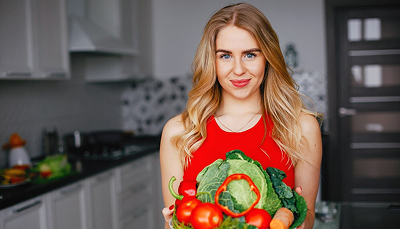1. Omega-3 Fatty Acids Reduce Inflammation
Found in: Fatty fish (salmon, sardines, mackerel), flaxseeds, chia seeds, walnuts
Omega-3s help reduce inflammation in the meibomian glands, improving the oily layer of the tear film and slowing evaporation.
They may increase tear production and improve tear quality.
2. Vitamin A Maintains Ocular Surface Health
Found in: Carrots, sweet potatoes, spinach, kale, liver
Vitamin A is essential for maintaining the mucous layer of the tear film and preventing keratinization of the eye surface.
Deficiency can lead to severe dry eye and even vision loss.
3. Antioxidants Fight Oxidative Stress
Found in: Berries, citrus fruits, green tea, dark chocolate
Antioxidants like vitamin C, vitamin E, lutein, and zeaxanthin protect eye tissues from oxidative damage, common in chronic dry eye conditions.
4. Zinc and Selenium Support Tear Gland Function
Found in: Pumpkin seeds, shellfish, legumes, eggs
These minerals help regulate enzyme function in the tear glands and enhance immune response, aiding in the management of dry eye.
5. Hydration Is Key
Drinking 8–10 glasses of water a day ensures adequate aqueous tear production.
Dehydration can lead to tear film instability and worsen symptoms.
6. Avoid Trigger Foods
Limit alcohol, caffeine, and high-sugar or processed foods, as they may contribute to inflammation and dehydration.
Avoid foods high in omega-6 (e.g., fried or processed foods), which can exacerbate inflammation.
Summary:
A healthy diet helps manage dry eye by:
Reducing inflammation
Improving tear quality and quantity
Protecting the ocular surface
Preventing long-term ocular damage.
